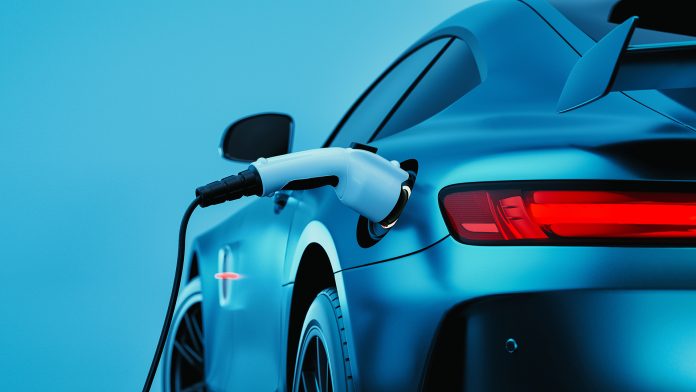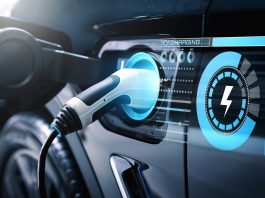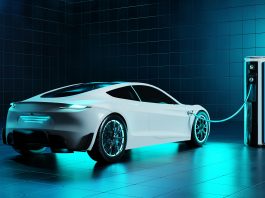Electric vehicles are the future, but what stands in their way? Select Power Systems explores EV charging infrastructure, highlighting benefits and areas requiring improvement.
Electric vehicles (EVs) have gained significant attention in recent years thanks to their potential environmental benefits and technological advancements. Let’s explore the pros and cons of EVs, including their impact on charging infrastructure and the electric grid.
A wealth of benefits
EVs have many benefits, including substantial savings on fuel costs. Most charging happens at home overnight, where electricity rates are generally lower than gasoline prices. Even public fast chargers, while more expensive than home charging, are still cost-effective compared to traditional fuelling.
Another benefit is that electric motors provide instant torque, resulting in quicker acceleration from a standstill. High-performance EVs, such as the Tesla Model S and Porsche Taycan, exemplify this, with even mainstream EVs like the Chevrolet Bolt EV offering impressive acceleration.
As the energy sector transitions to cleaner sources, EVs become even more eco-friendly. EVs produce zero tailpipe emissions, contributing to better air quality and reduced greenhouse gas emissions.
In addition, EVs have fewer moving parts than internal combustion engine (ICE) vehicles, leading to reduced maintenance costs. No oil changes, fewer brake replacements, and simplified drivetrains contribute to long-term savings.
Challenges facing widespread adoption
Range anxiety
There are several concerns that need to be addressed in order to make electric vehicles (EVs) a more practical long-term option. Despite improvements, EVs still have limitations when it comes to range.
While some models offer over 300 miles of range, longer trips still require careful planning and stops for charging. This can create issues with longer routes because of the need to find charging stations and allow for more time to reach your destination.
Addressing range anxiety remains crucial for widespread adoption, but utilities can plan for this by monitoring EVs through smart metres and modelling scenarios for grid upgrades.
Improving EV charging infrastructure
Charging infrastructure is another concern, and expanding infrastructure is essential to the future success of EVs. While billions are invested in public charging networks, gaps persist. Rural areas and certain regions lack sufficient charging stations.
As charging infrastructure needs improvement, so does the time it takes to charge at these stations. Although home charging is convenient, public fast chargers can take longer than refuelling at a gas station. Balancing faster charging times with grid stability is a challenge, and faster chargers are needed for a time benefit to be realised.
Addressing affordability
Given the current state of the economy, vehicle prices, including those of EVs, have risen, making them unaffordable for many people. While there are long-term savings on fuel, maintenance, and, in some places, even a tax break for owning an EV to offset the initial investment, these savings are minimal compared to the cost of what we need in the infrastructure itself. However, as production scales up and battery technology improves, prices are expected to equalise.
Grid strain
One of the major concerns about EVs and their charging stations is their impact on the electric grid. EVs put demands on the electric grid, particularly during peak charging times, which strains utilities and leads to significant costs for grid improvements. The operation of EV charging stations can also introduce harmonics into the grid, affecting power quality.
However, smart grid technologies, time-of-use pricing, and managed charging can mitigate these challenges. Coordinated charging, vehicle-to-grid (V2G) systems, and renewable energy integration will shape the future of EV-grid interactions. This, again, takes time, money, and continuous collaboration between utilities and governments.
A worthy task
In conclusion, EVs offer compelling advantages, but challenges remain. While time and money are significant obstacles, the continuous efforts to install charging stations where needed increases job opportunities and should boost the economy. The transition to cleaner energy sources remains crucial for maximising the benefits of EVs while minimising their impact on the grid.
As technology evolves and infrastructure expands, the transition to electric mobility will accelerate, benefiting both consumers and the environment as we work toward a sustainable future.
Please note, this article will also appear in the 20th edition of our quarterly publication.









